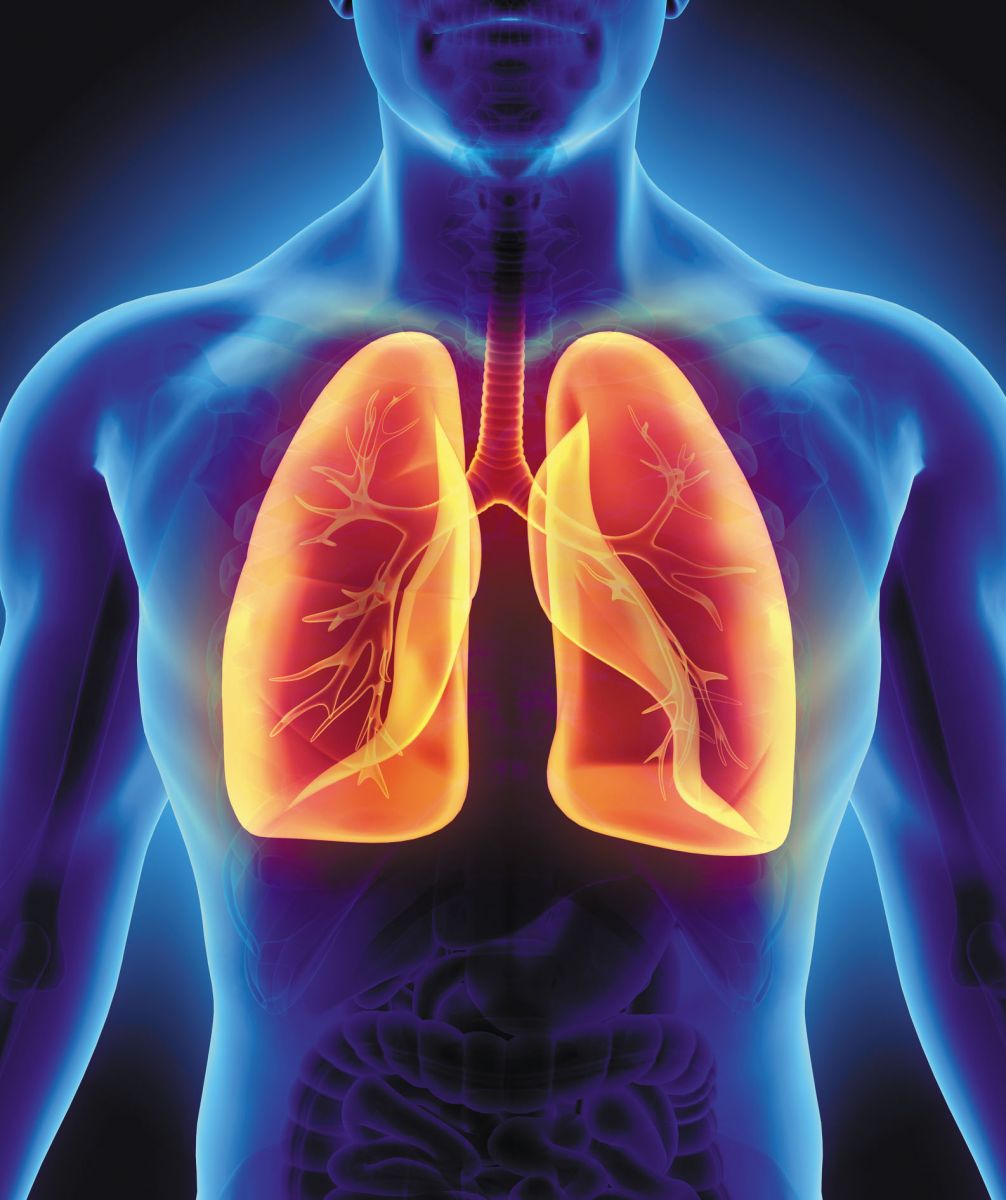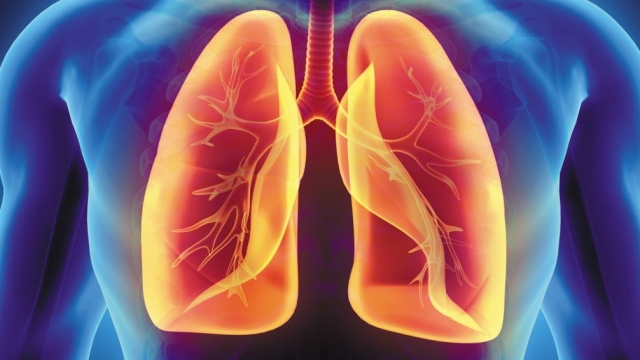
The way we approach respiratory health has dramatically changed over the years, thanks in large part to the innovation of inhalation devices. These tools have transformed the management of respiratory conditions, providing relief to millions around the globe. From basic metered-dose inhalers to advanced nebulizers, inhalation devices have continuously evolved to meet the needs of patients and healthcare providers alike.
As we look forward, companies like Aptar are at the forefront of this evolution, striving to enhance the effectiveness and accessibility of inhalation therapies. With an eye on technology and patient experience, the future of these devices promises to be even more dynamic, integrating smart technology and personalized medicine. This article explores the journey of inhalation devices, the innovations they bring, and what the future holds for respiratory care.
The History of Inhalation Devices
The journey of inhalation devices began in ancient times when people used rudimentary methods to deliver therapeutic substances through the respiratory system. Early practices included the inhalation of steam from heated herbs and natural vapors in efforts to treat respiratory ailments. This method laid the groundwork for future developments, leading to more systematic approaches in the centuries that followed.
In the 19th century, the advent of modern medicine spurred significant advancements in inhalation technology. The introduction of the nebulizer marked a notable milestone, allowing for the aerosolization of liquid medications. This innovation made it easier for patients to receive targeted therapy for conditions such as asthma and chronic obstructive pulmonary disease. During this period, the focus shifted towards creating devices that were not only effective but also user-friendly.
The late 20th century ushered in a new era in inhalation devices with the development of metered-dose inhalers. These compact, pressurized devices revolutionized the way medications were administered to patients. With the emergence of propellant-driven inhalers, the treatment of respiratory diseases became more accessible, enabling patients to use them at home with greater convenience. As technology has continued to advance, it has paved the way for more sophisticated devices, including dry powder inhalers, which further enhance delivery efficiency and patient compliance.
Innovations by Aptar
Aptar has been a driving force in the development of advanced inhalation devices, focusing on enhancing patient experience and adherence to medication regimens. Their innovative designs prioritize usability, ensuring that patients can easily operate the devices without complicated instructions. This approach not only improves medication delivery but also increases the likelihood of successful treatment outcomes, making it crucial for those managing chronic respiratory conditions.
One of the standout innovations by Aptar is their smart inhaler technology, which incorporates connectivity features to help patients track their usage. These devices can connect to mobile applications, providing reminders and feedback to users. This integration of technology aims to empower patients in their treatment journey, allowing for better management of their health conditions and a more informed approach to medication adherence.
Additionally, Aptar is committed to sustainability in the development of their inhalation devices. By utilizing eco-friendly materials and developing refillable options, they are addressing environmental concerns related to medical waste. This forward-thinking approach not only meets the demands of regulatory standards but also aligns with the growing consumer desire for sustainable healthcare solutions. Through these innovations, Aptar is paving the way for a more effective and environmentally responsible future in inhalation therapy.
https://aptar.com/pharmaceutical/delivery-routes/inhalation/
Current Market Trends
The inhalation device market has witnessed significant growth in recent years, driven by the rising prevalence of respiratory diseases such as asthma and Chronic Obstructive Pulmonary Disease. A growing awareness of the critical role inhalation therapy plays in managing these conditions has led to increased adoption of inhalers, nebulizers, and other delivery systems. Companies like Aptar are at the forefront of this trend, focusing on innovative product designs that enhance user experience and medication adherence.
Additionally, the market is experiencing a shift towards personalized medicine, with devices increasingly being tailored to individual patient needs. Smart inhalers equipped with digital health technologies are becoming more common, allowing patients and healthcare providers to monitor usage and ensure optimal therapy. This trend not only improves health outcomes but also brings about greater patient engagement in their treatment plans.
Sustainability is another important factor influencing the inhalation device market. As environmental concerns grow, manufacturers are exploring eco-friendly materials and designs to reduce waste generated by traditional inhalation devices. Aptar and other companies are investing in sustainable practices, which align with global efforts to promote healthier lifestyles and environmental conservation, ultimately shaping the future landscape of inhalation devices.
Future Directions in Inhalation Technology
The future of inhalation devices is being shaped by advancements in materials science and technology. Innovations in smart inhalers equipped with sensors and connectivity features are expected to revolutionize how patients manage their respiratory conditions. These smart devices can track medication usage, remind patients to take their doses, and provide valuable data to healthcare providers. As wearables and mobile applications continue to integrate, personalized treatment plans based on real-time data will become feasible, enhancing patient adherence and overall health outcomes.
Moreover, as we move towards more sustainable practices, inhalation devices will likely incorporate eco-friendly materials and manufacturing processes. Companies like Aptar are already exploring biodegradable components and recyclable packaging solutions. This shift not only addresses environmental concerns but may also align with the growing consumer demand for sustainable health products. By prioritizing ecological considerations, manufacturers can contribute to a circular economy, furthering their commitment to health and planet alike.
Finally, the integration of artificial intelligence in inhalation technology holds immense potential. AI algorithms can analyze patient data to optimize medication delivery and adjust dosages in real time. Predictive analytics may help anticipate exacerbations or complications, leading to timely interventions. As research continues and technology evolves, the future of inhalation therapy promises improvements in effectiveness, patient convenience, and accessibility, ultimately ensuring that individuals breathe easier and lead healthier lives.
